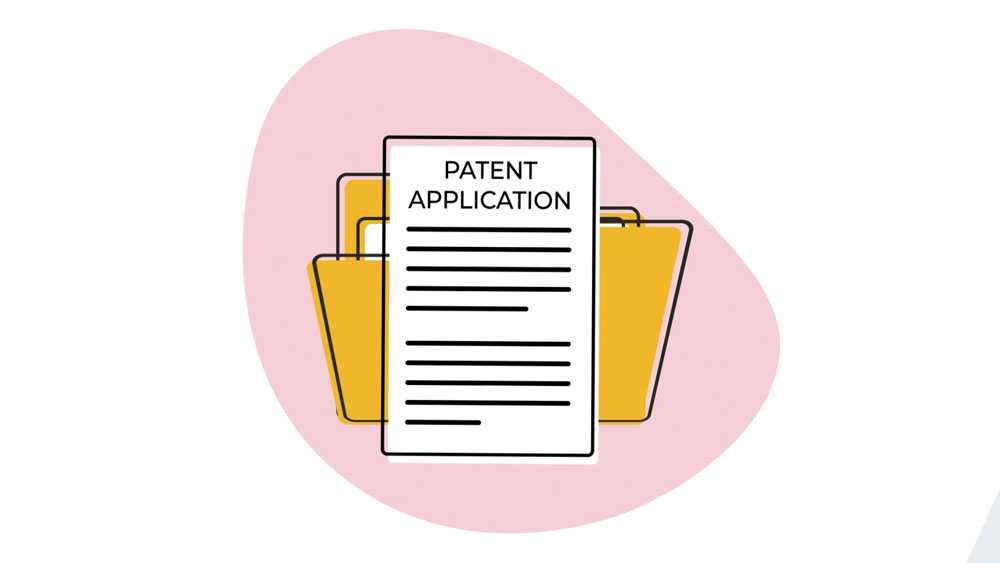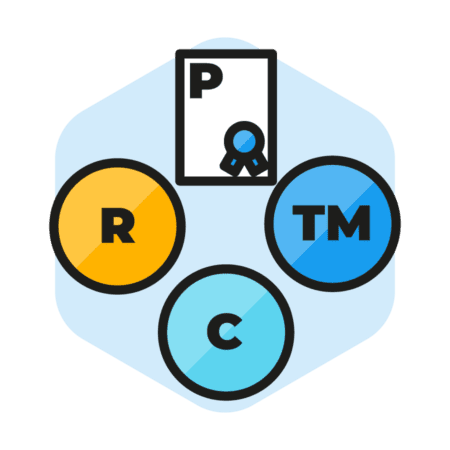How to Patent an Idea
If you’re wondering how to patent an idea in the UK, you can protect an invention that is new, inventive, and can be made or used in some kind of industry. The process can seem daunting, but understanding the key requirements and steps can make it much more manageable. On this page, we explain what makes something patentable, outline the official UK patent process, and offer practical advice to help you turn your idea into a protected invention.
THE ULTIMATE GUIDE TO PATENT YOUR IDEA

The Ultimate Guide on How To Patent an Idea
So you’ve come up with a great invention idea that you are ready to patent?
Now you’re probably desperate to solicit advice on how to bring this new concept to reality, but you’re wary of lacking the proper protection of the idea and potentially getting it stolen in the process.
To patent an idea, you apply to the UK Intellectual Property Office (formerly known as the Patent Office) by completing a patent application form and drafting the patent specification. It is, however, recommended to do a worldwide patent search beforehand.
Step 1. Complete Form 1
Form 1 is available on the UK Government Website
Step 2. Draft Patent Specification
A patent specification may include the following parts:
a-Written description of idea
b- Drawings to illustrate and refer to the description
c- List of claims that define the novel technical features
d-An abstract that summarises the content of the specification
Step 3. Submit the patent application
The submission includes both the application Form 1 and the drafted patent specification to the Patent Office (for the UK this is typically the ‘UK IPO’, either by post or online).
Step 4. Filing receipt
Once your submission has been received by the UK IPO they will issue a receipt which confirms the filing date and provides a patent application number. This will give your idea "Patent Pending" status.
Need a hand?
Innovate Product Design is here to walk you through the process of how to patent and/or progess an idea, from searching for existing patents, to the different types of protections available, to the associated costs and applications required for the route ultimately chosen. Innovate offers low cost design-led solutions to patent an idea that suits individuals' need to kickstart their project.
Some of the questions that you may ask yourself before patenting an idea:
- Have you kept your idea secret?
- Is my idea novel?
- Is your product sufficiently developed, designed or prototyped?
- Is it commercially viable?
FREQUENTLY ASKED QUESTIONS
Frequently Asked Questions
Got questions about patents? Here are answers to the most common queries from UK inventors.
Can I patent an idea in the UK?
You cannot patent the idea itself, but you can patent the embodiment of the idea—meaning a specific way of putting your idea into practice. To be eligible for a patent, you don’t need to have a finished product or prototype, but you do need to be able to describe in detail how your invention works and how it could be made or used. The UK Intellectual Property Office requires that your invention is new, inventive, and capable of industrial application.
What are the requirements for a UK patent?
Your invention must be new, involve an inventive step, be capable of industrial application, and not fall into an excluded category (such as scientific theories or mathematical methods). see more
How do I apply for a patent in the UK?
The typical steps are: carrying out a patent search, preparing your application (including description, claims, and drawings), submitting to the UK Intellectual Property Office (UK IPO), and following up through examination and publication. More info here
How long does it take to get a patent in the UK?
The process typically takes 3 to 5 years from application to grant, depending on complexity and if further information is required.
How much does a UK patent cost?
The official UK Intellectual Property Office (UK IPO) fees for filing a patent application start at around £230–£280. If you choose to work with a professional, such as a patent attorney, the total cost is typically much higher—often around £5,000 or more in the UK, depending on complexity. At Innovate Design, our patent application services start from £1,300, making professional support more accessible for inventors. See more
What can I do if my invention doesn’t qualify for a patent?
You may be able to protect it as a registered design, trademark, or rely on copyright, depending on the nature of your creation. More Info Here
Should I keep my invention secret before applying?
Yes, it’s important to keep your invention confidential before you file a patent application. Publicly disclosing your idea—for example, by sharing it online or showing it to potential partners without protection—can damage your chances of getting a patent. We recommend always using a confidentiality agreement (sometimes called an NDA) when discussing your invention, such as the one we provide for our clients at Innovate Design.
CASE STUDY - THE VALUE OF PATENTING AN IDEA
What is a patent worth? The Anywayup® Cup Story
One example of an individual inventor who triumphed in court over much larger rival companies is Mandy Haberman, the creator of The Anywayup® Cup. Initially, Mandy came up with a new sucking design and combined a rubber slit valve that was well known for feeding bottle teats with the spout of a trainer cup. Read more

How to Patent an Idea in the UK – An Easy, Animated Guide
Watch this short animated video for a simple, step-by-step explanation of the UK patent process. We make it easy to understand, so you know exactly what to expect.
RESOURCES ON HOW TO PATENT AN IDEA
Different forms of protection.
Is your idea best protected via a patent, a registered design, a trade mark (registered or unregistered), or a copyright? Find out how to decide which option is best for your idea by visiting our Vital Info page.

Is my idea novel?
How do you patent an idea? The 1st step is a comprehensive search for similar patents to ensure that a concept is globally unique and thereby whether and how it may be patentable. Learn more here Patent Search.

Costs to Patent an Idea
Learn about how much it costs, varying types of patent applications, and what the examination and grant timelines are like. Patent Advice available here.

Patent Application Process To the IPO (UK patent office)
A patent is a legal document that can last up to 20 years so specific wording is exceptionally important. Get tips on how to apply to the Intellectual Property Office and what to include on our Patent Application process page.

Trademark an Idea
Learn about how a registered Trade Mark can protect a word, symbol, or logo used in trade and associated with your product throughout the U.K. or E.U. at our Trade Marks page.

Design Registration
A registered design can be more relevant and can combine with or be more relevant (and can provide faster protection than) patenting an idea depending on the product specs. Learn more on our Registered Designs page.
LICENSING YOUR PATENT
Licensing Your Invention: A Smart Strategy for Bringing Your Idea to Market
When you have a great idea for a new product, it's natural to want to bring it to market yourself and reap all the rewards. There are traditionally two routes to market: self-manufacturing or licensing.
Read more

